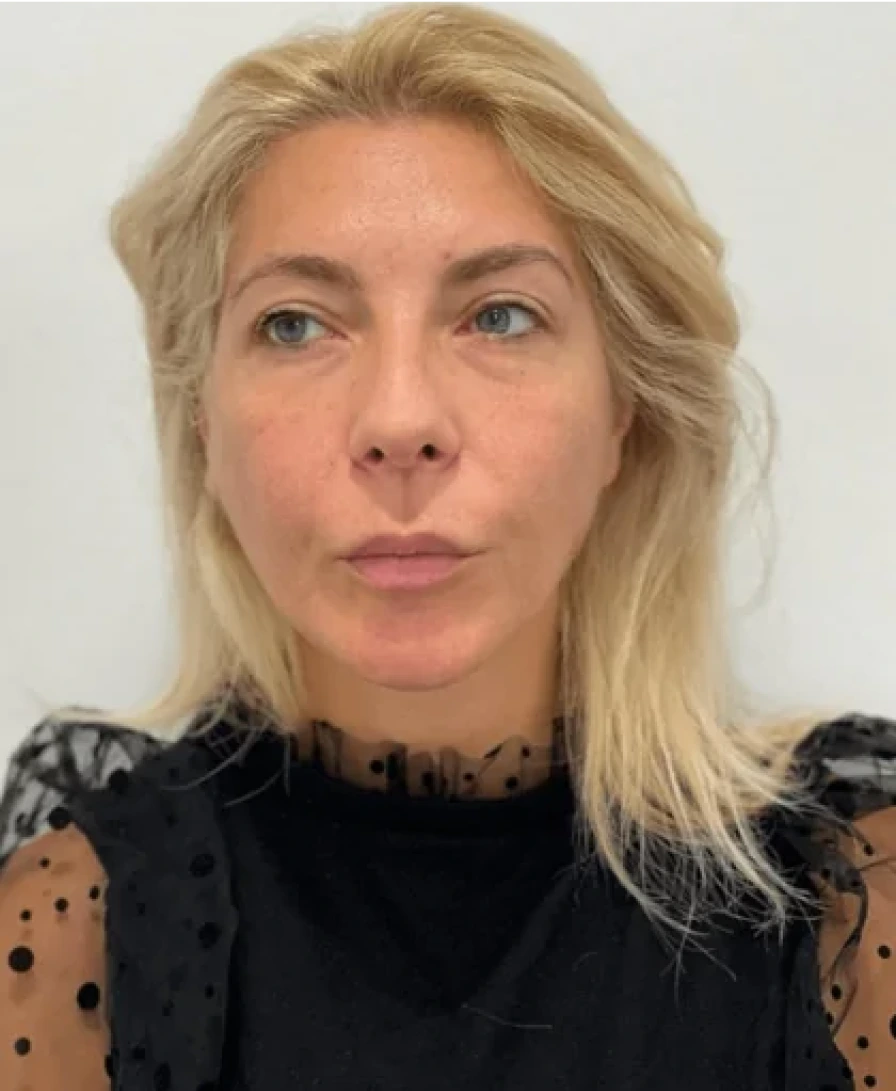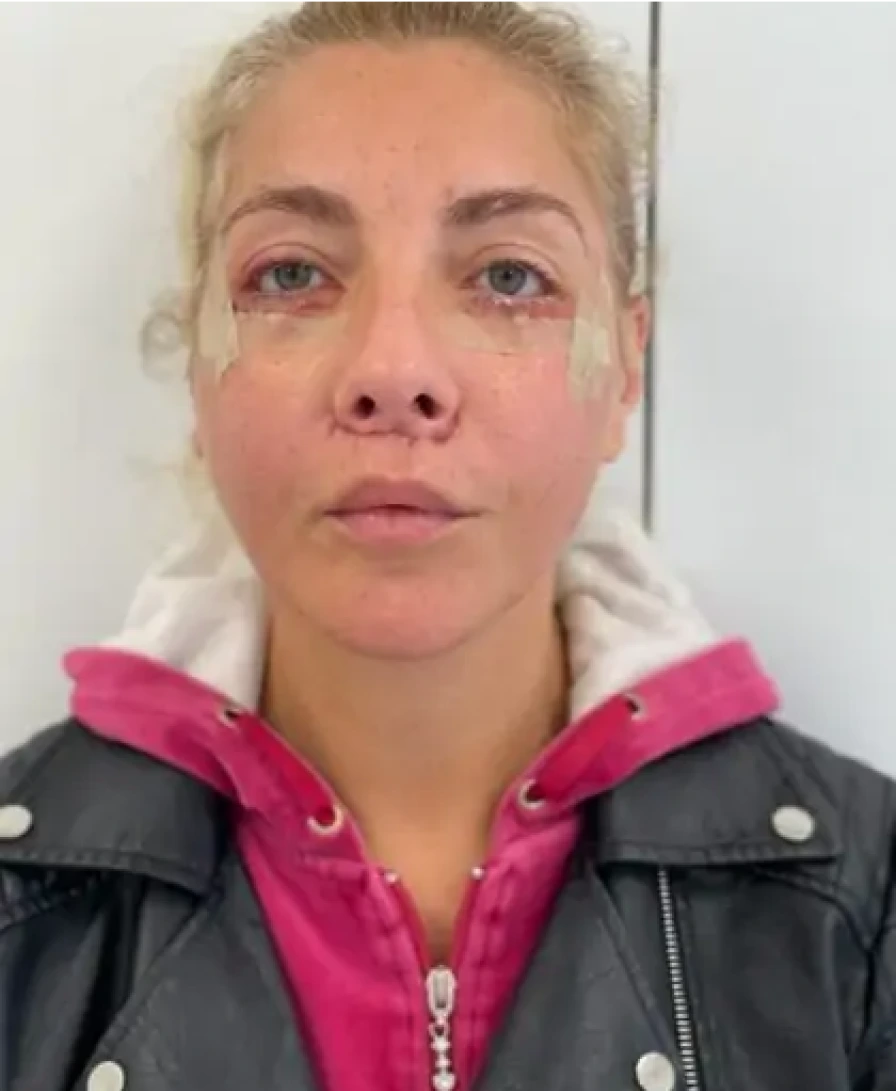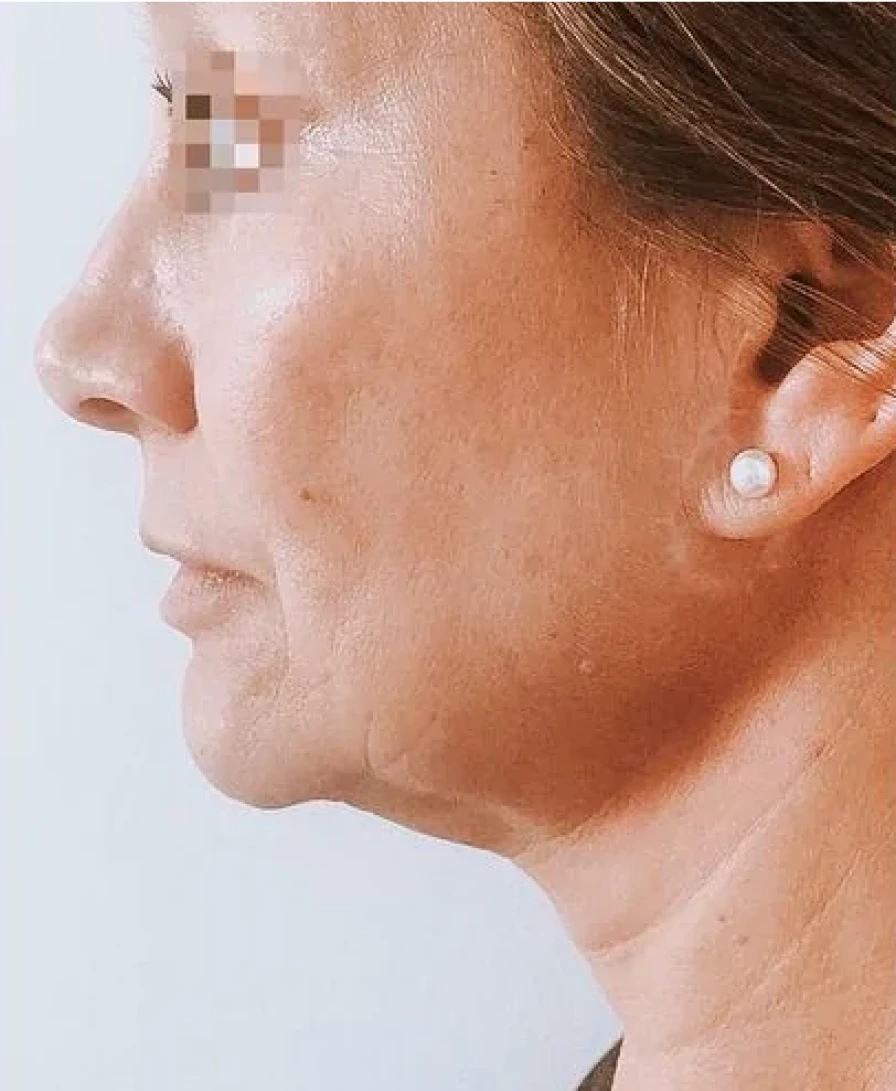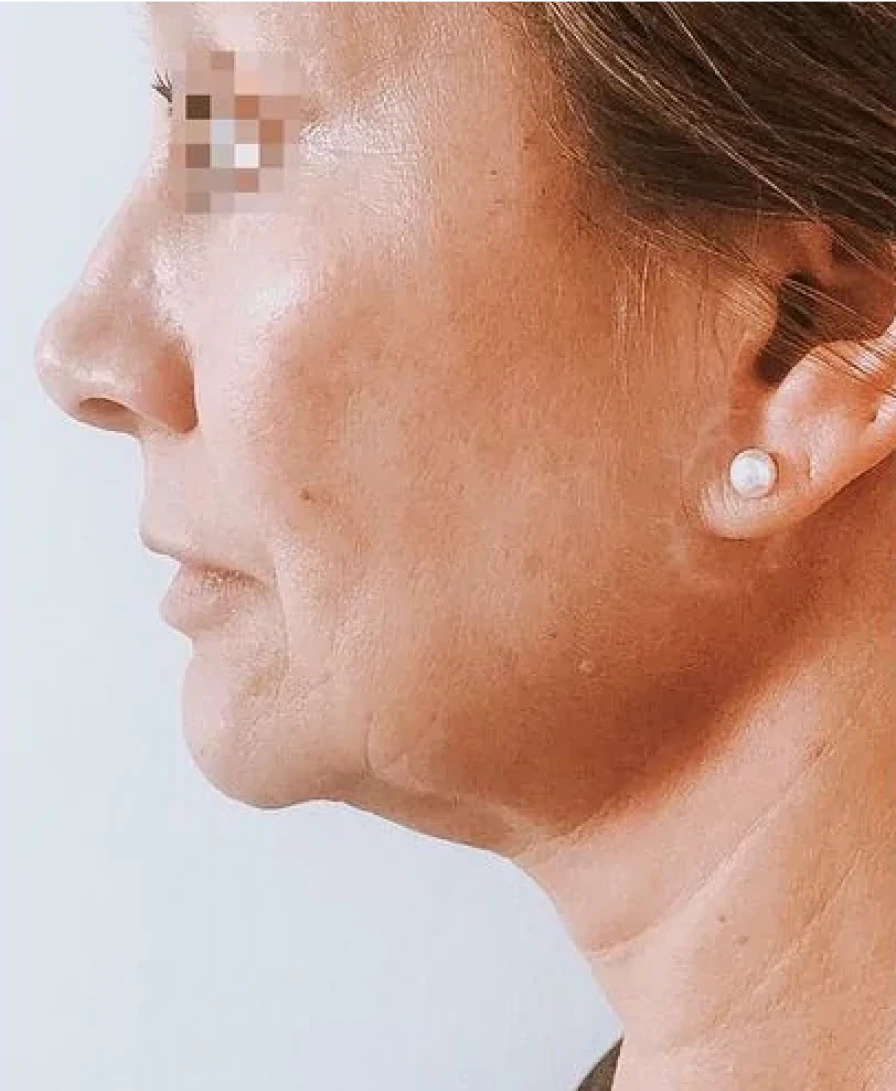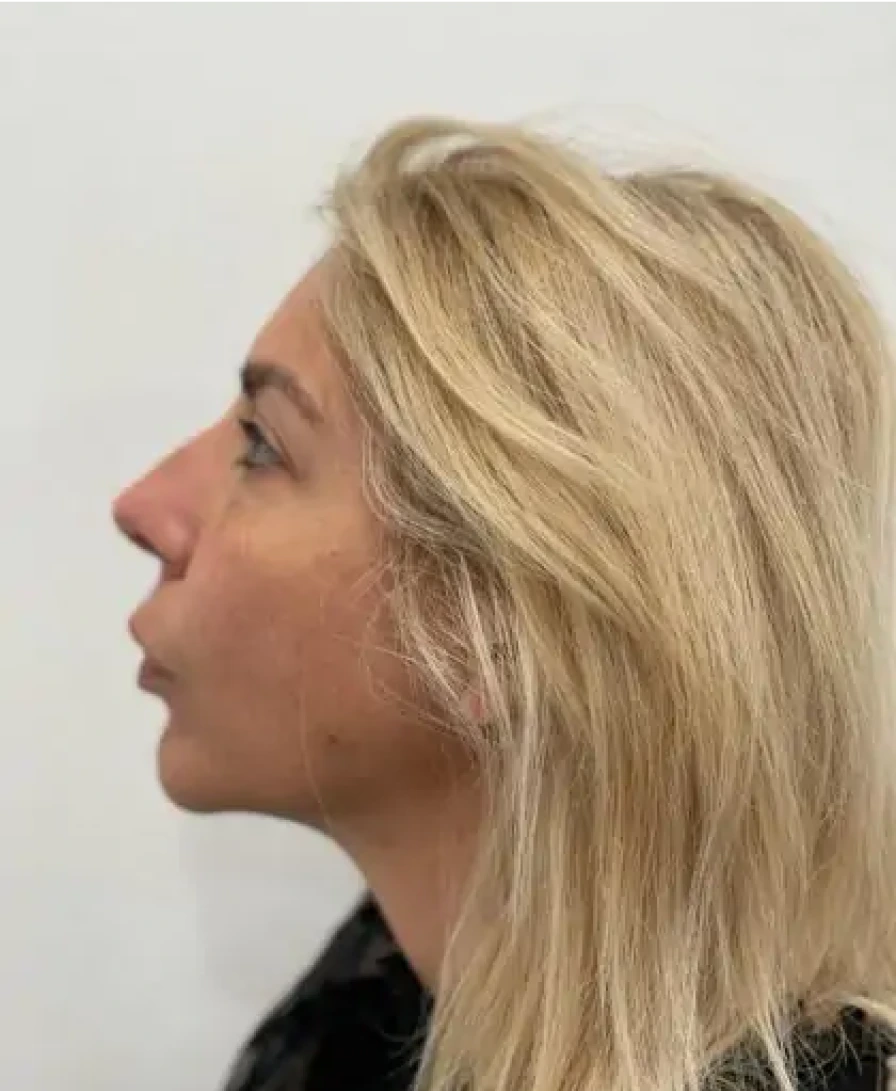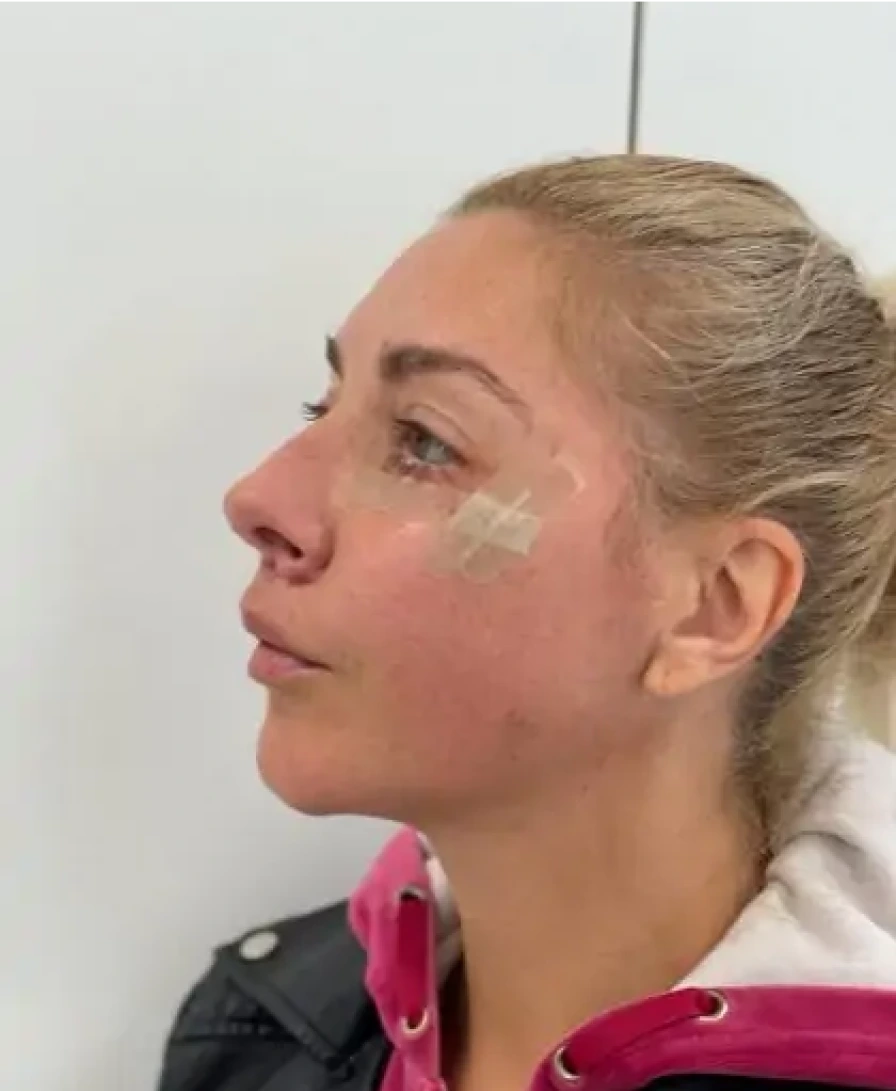By Mustafa Ahmed, MD
Breast augmentations have been a staple of cosmetic surgeons for decades. Since the introduction of breast implants, many women have been seeking ways to enhance their breast size and shape while still preserving a natural look.
However, implants have their drawbacks. They don’t always look natural and implants can sometimes sag or ripple. Surgeons had been looking for a way to naturally enhance women’s breasts until they discovered that they could take fat cells from one area of the body and implant them into the breasts.
The procedure is simple: use liposuction to remove fat from one area of the body such as the stomach or thighs, purify the fat, then inject the fat into specific locations on the breast. The results look natural because they ARE natural, using your own fat taken from another area of the body.
As a result, fat transfer breast augmentations have surged in popularity, particularly among women who wanted only a slight enhancement in size. But how long does a fat transfer breast augmentation last?
How Long Does A Fat Transfer Breast Augmentation Last?
The results from a fat transfer breast augmentation are permanent… with several caveats. Although a fat transfer breast augmentation is a natural and safe procedure, several things can affect how the surgery comes out.
Your Breasts Will Not Stay The Same Size
During surgery, grafted fat cells are inserted into the breast. Some of these fat cells will be naturally reabsorbed into the body, as part of typical biological processes.
Because of this, your breasts will be largest in the days immediately after surgery, and will start to shrink over time. This shrinking will stop after about three months, upon which time they will settle into a permanent size and shape.
However, that’s not the only thing that will affect breast size and shape. Remember: fat grafting uses your own body’s fat cells, so your new enhanced breasts are more or less natural. As a result, they’re subject to natural body processes such as aging and weight gain or loss.
If you gain weight, your breasts will grow; subsequently, if you lose weight, your breasts will shrink.
Your Breasts Are Still Subject To The Effects Of Aging
Your breasts, after a fat transfer, will continue to be your natural breasts. As a result, they’re subject to the effects of aging.
Aging can affect your breast size, but it will mainly affect the elasticity of the surrounding skin which will cause your breasts to sag. This is not necessarily a cause for alarm, and it’s not a result of the surgery. Of course, a breast lift procedure can help reverse some of the signs of aging in the breast.
Want to learn more about fat transfer breast augmentation? Schedule a consultation with Las Vegas Body Sculpting today!
The post How Long Does A Fat Transfer Breast Augmentation Last? appeared first on Ahmed, Mustafa (lvbodysculpting.com).


